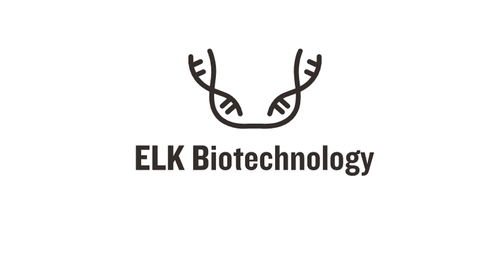Product Description
Rat Perforin-1 (PRF1) ELISA Kit | AE26041RA | Abebio
Species Reactivity: Rat (Rattus norvegicus)
Abbreviation: PRF1
Alternative Name: RP11-710A11.3; FLH2; HPLH2; MGC65093; P1; PFN1; PFP; OTTHUMP00000019759|cytolysin|lymphocyte pore forming protein|perforin 1
Application: ELISA
Range: 0.156-10 ng/mL
Sensitivity: 0.059 ng/mL
Intra-Assay: ≤6.1%
Inter-Assay: ≤9.7%
Recovery: 0, 98
Sample Type: Serum, Plasma, Other biological fluids
Detection Method: Sandwich
Analysis Method : Quantitive
Test Principale: This assay employs a two-site sandwich ELISA to quantitate PRF1 in samples. An antibody specific for PRF1 has been pre-coated onto a microplate. Standards and samples are pipetted into the wells and anyPRF1 present is bound by the immobilized antibody. After removing any unbound substances, a biotin-conjugated antibody specific for PRF1 is added to the wells. After washing, Streptavidin conjugated Horseradish Peroxidase (HRP) is added to the wells. Following a wash to remove any unbound avidin-enzyme reagent, a substrate solution is added to the wells and color develops in proportion to the amount of PRF1 bound in the initial step. The color development is stopped and the intensity of the color is measured.
Product Overview: Perforin is a cytolytic protein found in the granules of CD8 T-cells and NK cells. Perforin is a cytolytic protein found in the granules of Cytotoxic T lymphocytes (CTLs) and NK cells. Upon degranulation, perforin inserts itself into the target cell's plasma membrane, forming a pore. The lytic membrane-inserting part of perforin is the MACPF domain. This region shares homology with cholesterol-dependent cytolysins from Gram-positive bacteria. Perforin has structural and functional similarities to complement component 9 (C9) . Like C9, this protein creates transmembrane tubules and is capable of lysing non-specifically a variety of target cells. This protein is one of the main cytolytic proteins of cytolytic granules, and it is known to be a key effector molecule for T-cell- and natural killer-cell-mediated cytolysis.
Stability: The stability of ELISA kit is determined by the loss rate of activity. The loss rate of this kit is less than 5% within the expiration date under appropriate storage condition. The loss rate was determined by accelerated thermal degradation test. Keep the kit at 37°C for 4 and 7 days, and compare O.D.values of the kit kept at 37°C with that of at recommended temperature. (referring from China Biological Products Standard, which was calculated by the Arrhenius equation. For ELISA kit, 4 days storage at 37°C can be considered as 6 months at 2 - 8°C, which means 7 days at 37°C equaling 12 months at 2 - 8°C) .
 Euro
Euro
 USD
USD
 British Pound
British Pound
 NULL
NULL








